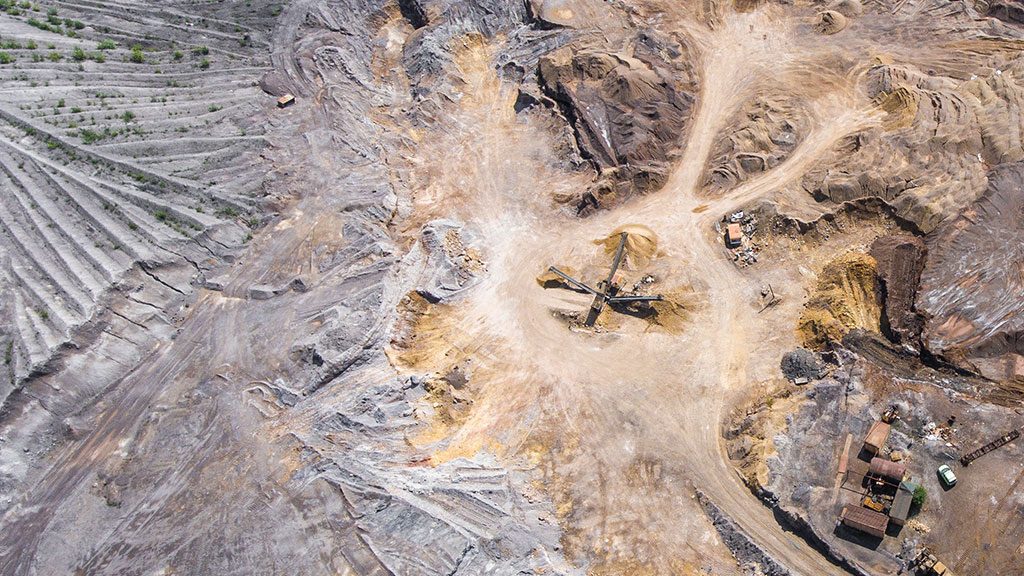TORONTO — Canada Nickel Company Inc. has announced it will submit its Crawford Nickel Project north of Timmins, Ont. to the federal Impact Assessment permitting process.
The decision follows the acceptance by the Impact Assessment Agency of Canada of the company’s Initial Project Description of the project, stated a release.
The Crawford project is expected to be among the top five largest nickel sulphide operations in the world, supplying nickel to manufacturers of stainless steel and electric vehicle batteries. The process would involve open pit mining at a site 42 kilometres north of Timmins in the Timmins-Cochrane Mining Camp of northeastern Ontario.
Infrastructure will include a processing plant and power and transportation system. The Crawford project is accessible from Provincial Highway 655. A 13.2-kilometre section of the highway will need to be realigned as it passes across the pit envelope.
A 20-kilometre rail spur that services the processing plant is planned to be developed for the project. The rail spur will connect to Glencore Kidd Operations rail line.
Power for phases one and two of the project will be sourced through a 2.5-kilometre overhead powerline connected to the existing H6T and H7T transmission lines of the provincial utility Hydro One.
A new 38-kilometre, 230-kilovolt overhead powerline that will connect to an existing transmission line in Timmins will be built in phase three. The line will connect to a new 120-kilovolt substation and six main transformers installed near the processing plant.
Surface water storage at the sedimentation pond and groundwater wells will provide freshwater and make-up water. Water recycled from the tailings storage facility will be used to meet a considerable portion of the water requirement for the mine’s operations.
Canada Nickel acquired the project from mineral exploration company Noble Mineral Exploration in November 2019.
A memorandum of understanding was signed by Canada Nickel with Mattagami First Nation and Matachewan First Nation in 2020 regarding the exploration and development activities at the project.
The feasibility study for the project is currently ongoing and is expected to be completed by the end of 2022. The estimated mine life of the project is 25 years.
The Crawford mine plan design includes the mining of 2,794 megatons of ore over its mine life, including two years of pre-stripping prior to the commissioning of the process plant.
The processing facility will use a conventional milling process that includes crushing, grinding, desliming and flotation in line with standard ultramafic nickel operations.
The run of mine ore will undergo primary and secondary crushing in a semi-autogenous grinding mill and a ball mill grinding circuit, followed by desliming through hydrocycloning.
The concentrate from the desliming circuit will undergo flotation and magnetic separation to recover nickel sulphide and magnetite concentrate. The concentrate will be thickened, filtered and stockpiled onsite before being loaded onto railcars or trucks for delivery to offsite smelters.
The process plant for the project will be developed in three phases. Phase one development will include a processing capacity of 42,500 tonnes per day, which will be increased to 85,000 tonnes per day in phase two. Phase three will add secondary crushing, a third ball mill and more downstream capacity to increase the processing capacity to 120,000 tonnes per day.
The mining fleet will comprise small backhoe excavators, 40-tonne articulated trucks, medium-sized face shovel excavators, 90-tonne haul trucks, 290-tonne haul trucks and electrically driven face shovel excavators.
“We would like to thank all who have taken the time to provide feedback, and to reiterate the significant role each individual can play in the careful and informed design, development, and operation of the Crawford Nickel Project,” stated Mark Selby, CEO of Canada Nickel, in a release. “The relationships we have built since the earliest days of the project have been crucial in facilitating these conversations, and by continuing to collect, reflect upon and integrate the comments, concerns, questions and suggestions we receive, Canada Nickel hopes to build a project that maximizes benefits to all communities in the region.”











Recent Comments